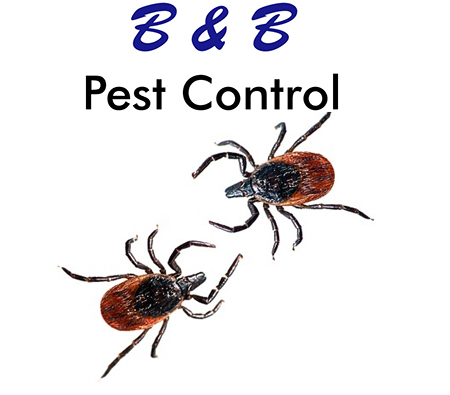Not long ago, a video showing the movements of a rarely seen and bizarre looking insect made the rounds on the internet. The caterpillar appeared to be an organism that had originated from another planet. Spectators and social media hounds could not help but to stare in fascination at the recorded insect footage. The Indonesian caterpillar species moves its tentacles in a manner that causes its scent glands to inflate. Back when this video footage was posted to social media several months ago, this blog described the world’s reaction, but details concerning the insect’s behavior, physiology and phylogeny are still being studied. Now, scientists have gained a significantly more detailed understanding of this odd caterpillar’s nature.
The viral video featured a rarely scene specimen belonging to the Creatonotos gangis species of caterpillar. The caterpillar is native to southeast Asia and most likely northern Australia. The moths of this species look relatively normal, and they belong to the Eribidae family of moths, which is a family that comprises the largest moth species in the world.
When this moth species prepares to mate, the male’s coremata inflates like a balloon from its backside. The coremata appears as four tubular and translucent scent glands, and they are used for pheromone messaging. The scent glands are capable of both sending pheromone signals to other insects, as well as collecting pheromone chemicals from other insects.
Strangely, the C. gangis caterpillar consumes plants that are rich in alkaloid chemicals. These particular plants evolved to contain toxic alkaloids that would repel insect pests. However, the C. gangis caterpillar constantly chows on alkaloid-heavy plants before developing into moths. The caterpillars eat these plants in order to develop their own toxic glands that can be used to defend against predators. These toxic glands become a part of the coremeta. The more toxic plants that a C. gangis caterpillar consumes, the bigger their toxic glands will become. Despite, its toxicity to other insects, the C. gangis species is harmless to humans.
Where were you when you spotted the largest moth that you had ever seen? Do you have a fear of moths?

